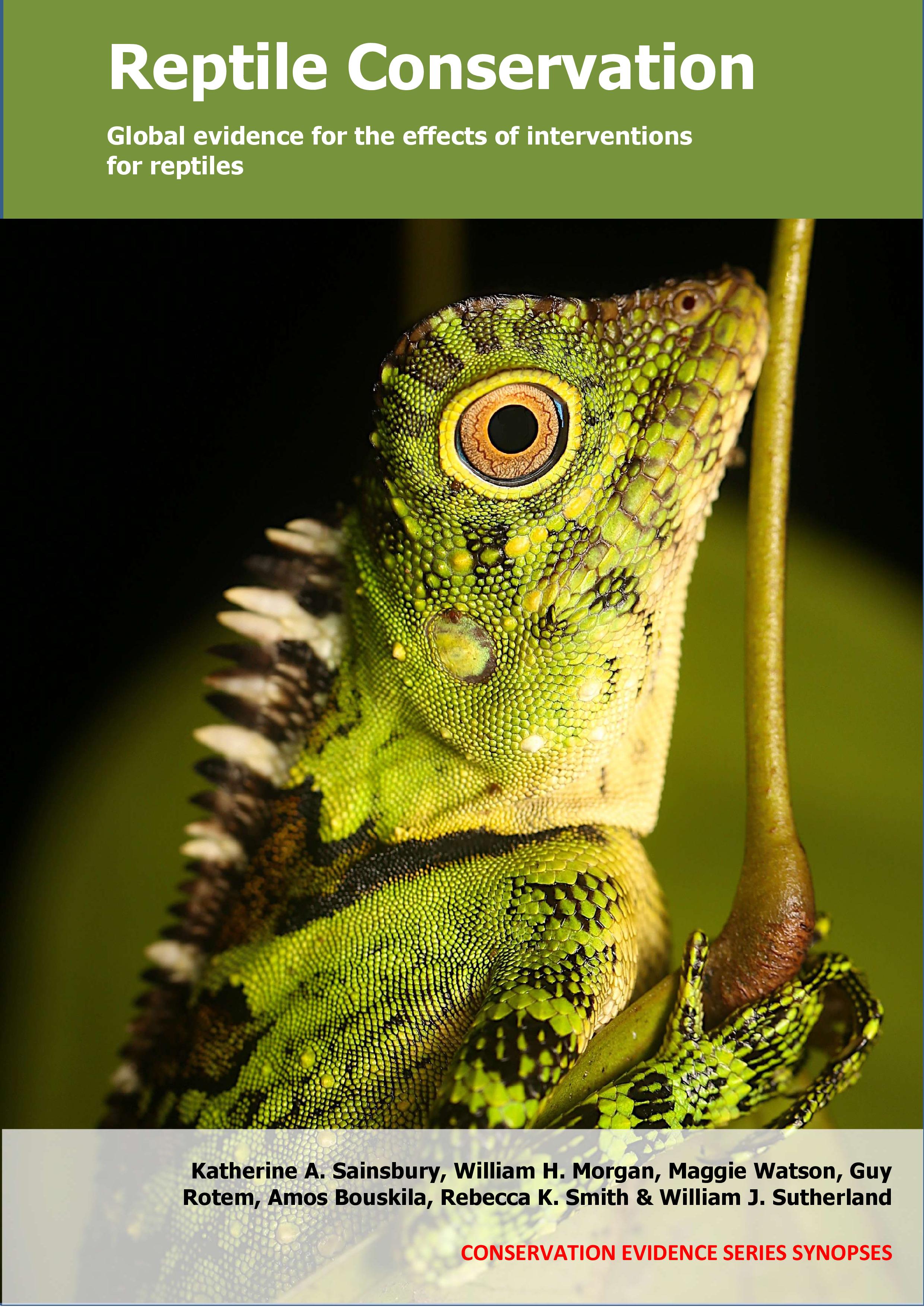Use visual deterrents on fishing gear
-
Overall effectiveness category Awaiting assessment
-
Number of studies: 2
View assessment score
Hide assessment score
How is the evidence assessed?
-
Effectiveness
not assessed -
Certainty
not assessed -
Harms
not assessed
Study locations
Supporting evidence from individual studies
A replicated, controlled study in 2006–2009 in surface waters of a coastal lagoon and on the sea floor in the Baja California peninsula, Mexico (Wang et al. 2010) found that attaching floating shark shapes to gillnets reduced unwanted catch of green turtles Chelonia mydas. Shark shapes attached to nets reduced the catch of green turtles by 54% (6 turtles/12 h soak of 100 m net) compared to unmodified nets (12 turtles/12 h soak of 100 m net). Commercially-targeted fish catch was reduced in nets with shark shapes (6 fish/12 h soak of 200 m net) compared to unmodified nets (11 fish/12 h soak of 200 m net). Dark-painted cut-out shark shapes were weighted and attached every 10 m to gillnets. Shark nets were deployed in pairs with unmodified nets < 1 km away. In total, 14 trials were placed at the surface to test sea turtle catch (60–95 m gillnets, July 2006, May–September 2007–2008) and 22 trials were carried out to test fish catch rates on commercial fishing vessels in a bottom-set gillnet fishery (200–400 m nets set 200 m apart at 10–30 m depths, May-September 2009). All nets were deployed in daylight.
Study and other actions testedA replicated, controlled study (year not given) in laboratory conditions in Texas, USA (Bostwick et al. 2014) found that shark-shaped and spherical deterrents did not deter captive-reared loggerhead turtles Caretta caretta from biting squid bait, but that shark models resulted in changes in four out of five behaviours prior to biting compared to when spheres or no deterrent was used. The number of trials in which turtles did not bite the squid was similar across treatments (shark model: 11%; sphere: 9%; no deterrent: 3%). Turtles took longer to bite the squid in the presence of the shark model compared to no deterrent (shark model: 5 minutes; no deterrent: 2 minutes), but the time was statistically similar to when the sphere was used (2 minutes). Turtles approached the squid fewer times in the presence of the shark model (10 times/15 minutes) compared to the sphere (13 times) and no deterrent (16 times). Time spent away from the bait and the number of carapace turns were also affected by the deterrent, but the number of breaths taken was not (see paper for details). Forty-two captive-reared turtles (30–33 months old) were individually presented with either a shark model (91 cm long) with squid bait, a sphere (28 cm diameter) with squid bait or just a squid in three separate trials (1 turtle/trial). Turtles had a gap of three weeks between each trial and were fasted for three days before the trial started. Trials were conducted in a fibreglass tank (90 x 74 x 406 cm) with a water depth of 59 cm. Trials (15 minute acclimation and 15 minute trial) were video recorded, and the six behaviours were measured.
Study and other actions tested
Where has this evidence come from?
List of journals searched by synopsis
All the journals searched for all synopses
This Action forms part of the Action Synopsis:
Reptile Conservation
Reptile Conservation - Published 2021
Reptile synopsis





)_2023.JPG)














